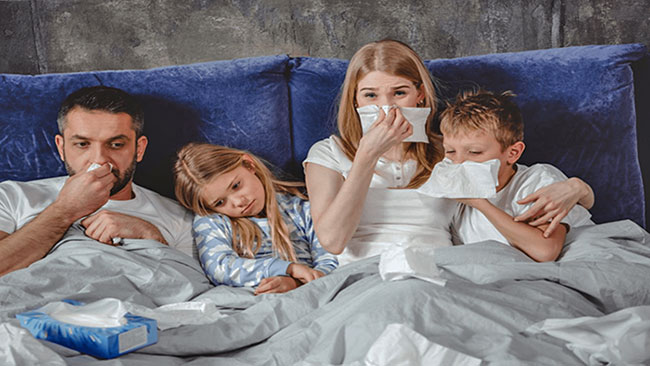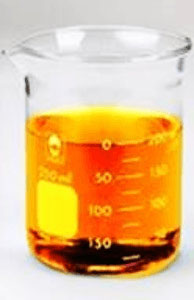|
by Dr. Mark Sircus from DrSircus Website
It is as if the medical establishment was retarded and
the medical media cruel in withholding vital and in some cases
life-saving information.
The latest FluView surveillance from the US Centers for Disease Control and Prevention (CDC) reports that,
Additional info from the CDC: The Orthomolecular people insist that the coronavirus pandemic can be dramatically slowed, or stopped, with the immediate widespread use of high doses of vitamin C.
High vitamin D status would
certainly be a restraint on any virus and certainly would come in
handy if things get as far as ICU care, helpful in avoiding death.
People should be running out their doors to buy,
...as main methods of both avoiding and treating viral
infections.
Fifty-seven percent of doctors surveyed said they considered dehydration the single most dangerous flu side effect.
Dehydration is one of the most overlooked and basic causes of disease.
Physicians rarely prescribe water, and you'll never hear of a pharmaceutical firm recommending it, but water can prevent and cure many common conditions because it is a basic or underlying cause of disease
According to a study published in the Archives of Disease in Childhood, more than 70% of preschool children never drink plain water.
Pediatric medicine does not pay attention enough to dehydration that occurs when acute diseases strike and children can pay with their life for this.
The fact that one of the most
common lawsuits in pediatric emergency room medicine is overlooking
dehydration tells us of a gapping hole in pediatric medicine that
need not be there.
You might not drink enough fluids because of:
Dehydration in
sick children is often a combination of both - refusing to eat or
drink anything while also losing fluid from vomiting, diarrhea, or
fever.
Moderate dehydration, a 3-5% decrease in body weight due to fluid loss is sufficient to result in a substantial decrease in strength and endurance because of the decrease in oxygen carrying capacity of the blood signaling a drop in Zeta potential.
Proper hydration is thus the most basic
Brian D. Foltz
Most doctors fail to understand - or refuse to consider - that water plays such a huge part in disease states probably because it is too common of a substance.
Water is the first thing we should take as a
medicine but physicians rarely prescribe water, and you'll never
hear of a pharmaceutical company recommending it, yet water can
prevent and cure many common conditions because intake of sufficient
amounts of it is a basic or underlying cause of disease.
He says,
When the blood becomes concentrated and acidic, as in dehydration, then abrasions and tears are produced in the arterial system.
L-lactic acidosis is thought to arise from poor tissue perfusion due to dehydration or endotoxaemiawith subsequent anaerobic glycolysis and decreased hepatic clearance of L-lactate.
We must look beyond what allopathic medicine thinks and see that the body makes more cholesterol in part as a reaction to chronic dehydration, a condition where the body is trying to fix these abrasions and tears that are produced in the arterial system.
Cholesterol actually saves
people's lives because it acts as a bandage - a waterproof bandage -
that the body has designed.
A significant number of these patients also have a lower than normal venous blood plasma pH. A person with low venous plasma pH has what is termed acid blood.
Acid blood is typically dark in color due to low oxygen content.
[Note: The body
does whatever is necessary to maintain its blood pH within a narrow
window - 7.35-7.45. If this level is not maintained, it is a serious
medical emergency.]
Intake of water and
small amounts of mineral salts will address this problem especially
if that mineral is magnesium.
The benefits of drinking water are amplified
immensely with water high in magnesium and bicarbonates.
The color of urine in a
dehydrated person will be dark yellow to orange. The more hydrated
we are the lighter the color of our urine. Any dark color at all in
the urine could indicate a water deficiency.
The colors are representative of the urine color as viewed when collected in a cup. Match the shade of your urine to the nearest color in the chart for interpretation.
Match the shade of
your urine to the nearest color in the chart for interpretation.
A well hydrated body enables these functions to occur quickly and efficiently. Dehydration happens when a person loses more fluids than he or she takes in. Human bodies are made up largely of water, so the right balance of fluids in our systems is needed for good health.
Large amounts of fluids can be lost through fever, diarrhea,
vomiting, or sweating.
for children.
It can quickly become very serious. Risk of dehydration among children is higher than among adults and this process of dehydration may begin rapidly.
Rehydration is the crucial process of returning those fluids back to the body to restore normal functioning. Dehydration in children can be a serious medical condition. Left untreated, it can have dire consequences.
Since children aren't always aware or able to tell us
if they're dehydrated, it falls to us as parents.
Children should always have unlimited access to harmless, pure and qualitative drinking water.
References
|





